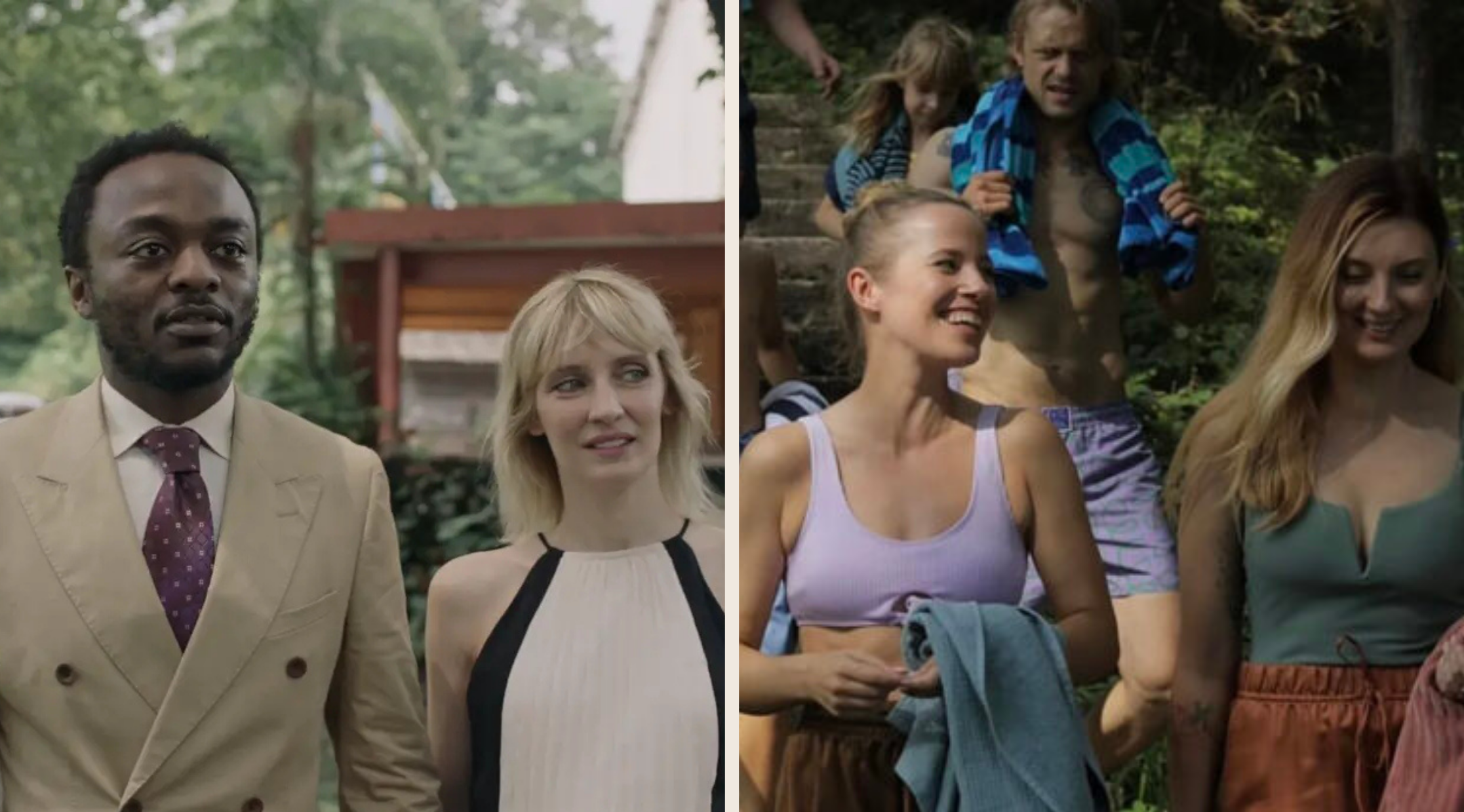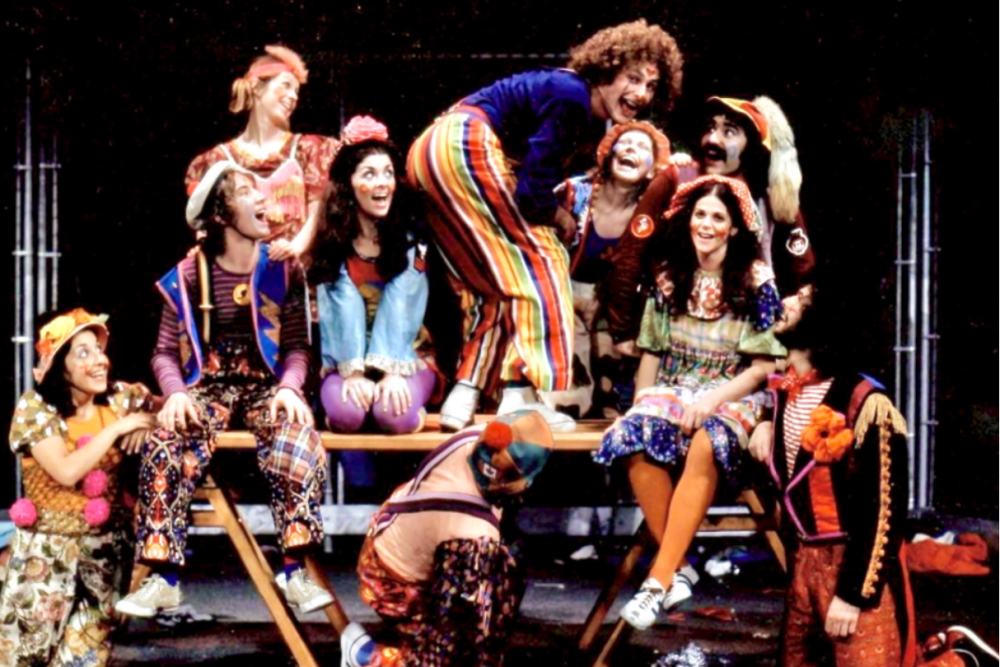Night Raiders director Danis Goulet draws on Cree heritage, painful residential-school legacy for dystopian thriller
Her film opens this weekend with the widest release of any Indigenous Canadian feature
Elle-Maija Tailfeathers in Night Raiders.
Night Raiders is now playing at Cineplex Odeon International Village Cinemas and elsewhere across the Lower Mainland.
BY NOW, MOST film buffs have heard that Night Raiders is a dark, dystopian metaphor for Canada’s residential-school system and its traumatic effects on generations of Indigenous people. That’s because the new feature, set in a militaristic future where children are forced to attend boarding schools to become soldiers, has received huge buzz at both VIFF and TIFF, and the widest distribution of any Indigenous Canadian-made movie for its opening this week.
But it would be fascinating to watch the film without knowing that, the allusions revealing themselves gradually and with more clarity as the story unfolds.
At first Night Raiders feels like a bleak sci-fi thriller where soldiers rule cities and drones relentlessly patrol the skies for children who haven’t been indoctrinated. But, for Canadians tuned into revelations that have come out about residential schools, during the Truth and Reconciliation hearings and amid this summer’s discoveries of unmarked graves, situations start to feel hauntingly familiar. Niska (Elle-Maija Tailfeathers) hides herself in the wilderness with her child Waseese (Brooklyn Letexier-Hart) to protect her from being forced into a military-training school. Later, a child in the institution’s dorm cowers at the ominous footsteps of a night supervision guard.
“Everything in the film is based on real events and conditions that were imposed on Indigenous people, and when you place it in the imaginary future, you can almost hit it harder and say ‘No this is truly what the conditions were like,’” Cree-Métis director Danis Goulet stresses to Stir in an interview at VIFF Centre while here for the festival from Toronto, where she’s based. “You can say, ‘Truly kids were taken away and you had no say unless you wanted to live in hiding the way Niska and Waseese are at the beginning.’”
The direct allusions to real life go further. In the film, Niska is faced with an untenable choice when Waseese needs medical help—and is wracked by guilt over the fact that her child’s imprisonment is her own fault.
“A story that really struck me as part of the testimony at the Truth and Reconciliation Commission came from a man who was weeping and telling his children he was sorry for not being a better parent,” Goulet recalls. “For me that is the internalized shame that is a painful part of something that is systemic, that is imposed on people. That was something I wanted to bring out in the story.”
Danis Goulet
The filmmaker says she started writing Night Raiders in 2013, inspired by both genre films and a trip into dystopia in her short film Wakening.
“I had grown up on genre films and there were so many of them where it was about the underdog versus the empire or something like that,” adds the director, who was raised in La Ronge, Saskatchewan, “like the Matrix, where it felt like it was just a metaphor for colonization. It felt like a fresh entry point into what I wanted to talk about.”
What Goulet “wanted to talk about” was something that wasn’t being widely discussed at that time, in the years before the Truth and Reconciliation Commission. “We needed to have this reckoning about this system that was in place for seven generations of Indigenous families. It’s had a profound impact on every aspect of indigenous life,” she says.
Those feelings were validated around 2015, when she submitted the concept for Night Raiders to a Canadian broadcaster. The response? “‘It’s well-written and the characters are great but the residential school allegory doesn’t feel relevant because priests are no longer harming children—and as a country we’ve moved on from that,’” as Goulet recounts it.
Goulet persevered with a film that integrates judiciously used special effects with realism, including the tactile natural world where Niska and a community of Indigenous rebels hides in the woods outside an Orwellian walled city. Goulet explains she was determined to shoot on real sets (that ominous wall is an industrial site in Hamilton) rather than working in front of green screens. (Among other milestones, Night Raiders ranks as having the biggest production budget for any Indigenous film in Canadian history.)
“The genre elements are the icing, and the cake has to be the emotional journey of the characters to me,” Goulet says. “If you don't have that you don't really have a movie, so it was always the core thing that centred around the mother-daughter relationship.”
One of the elements that most sets Goulet’s dystopian vision apart is generous use of the Cree language, an aspect Goulet calls “a 100-percent political act and declaration”. Goulet worked closely with her father to work those pieces into the film. Cree is his first language, and he learned English at school
“To me, language contains world views and universes and it is rich and it is where we find our heritage,” she explains. “When I develop my projects, I just sit around the kitchen table with my dad and he just talks to me about Cree concepts and I ask him questions about language. And it is not a translation process; it is like a process of trying my best, as not a first-language speaker, to understand the philosophical implications of things.” Watch the film to see how that plays out in a key moment that shows how Cree language treats rocks as animate—and then applies that to the context of sci-fi machines.
At the centre of the film, for Goulet, is the idea of exploring what it means not just to survive, but thrive. And that comes down to the community that Niska connects with in the film, and the agency and empowerment that she and almost every other character in the film discovers.
“All the way back to the Indian Act, the core thing it did was rob Indigenous comunities of their agency,” Goulet says, circling back to the themes of the film. “It really robbed communities of their own citizenship and determining who belongs to them, but it also robbed them of their freedom of movement and agency over their lives. It took away the ability for communities to live traditionally on the land as they always had.
“Canada waged a polite war on Indigenous people,” adds Goulet, leaving no doubt that as entertaining as Night Raiders is as a genre movie, it’s also deeply and specifically political. “We pride ourselves on being a polite nation, but it was the system that endeavoured to civilize Indigenous people and then went ahead and abused and starved and neglected children. It’s an incredibly diabolical way of waging war that is less direct and that has a kind of benevolent brand to it. So in the story I really wanted to reflect the Canadian brand of war on Indigenous people.”














